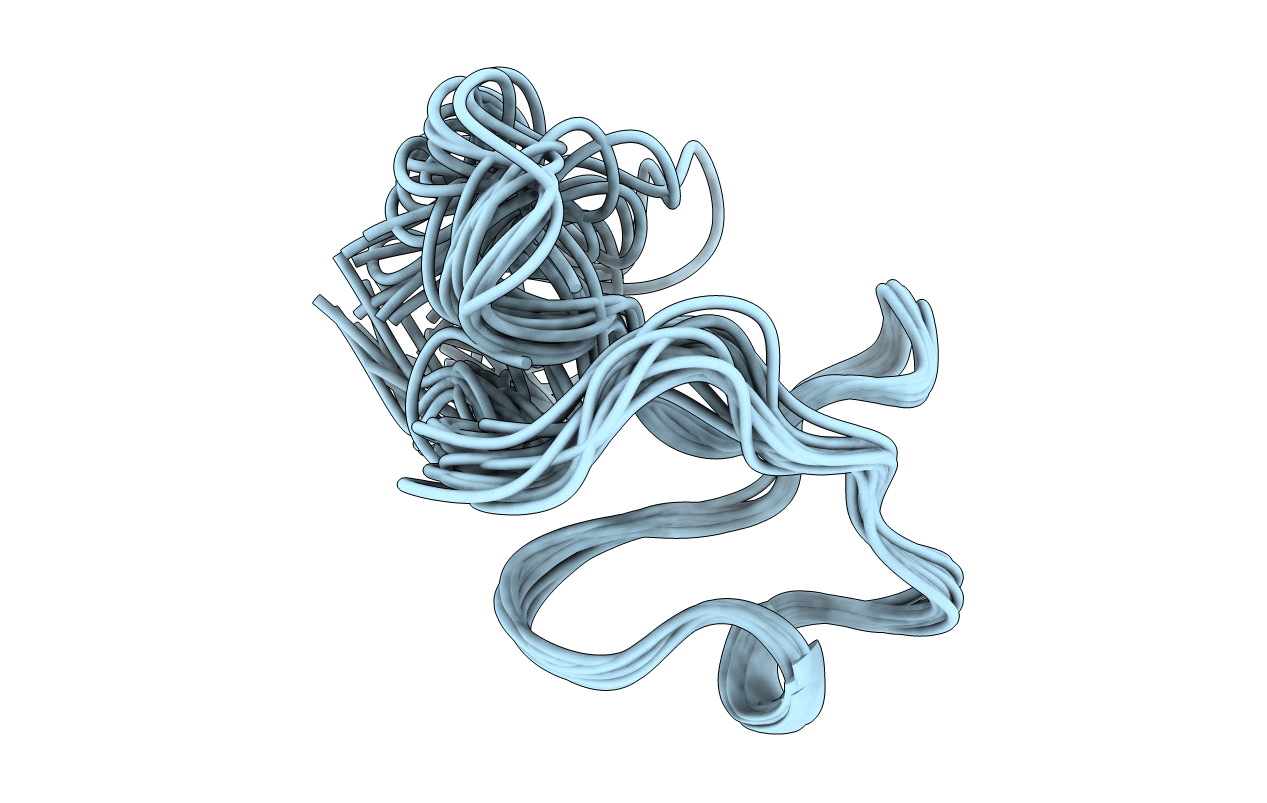
Deposition Date
2017-08-03
Release Date
2018-08-08
Last Version Date
2024-11-06
Method Details:
Experimental Method:
Conformers Calculated:
50
Conformers Submitted:
20
Selection Criteria:
structures with the lowest energy


